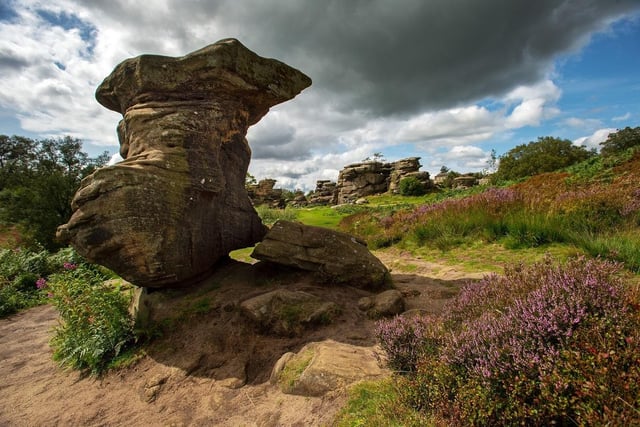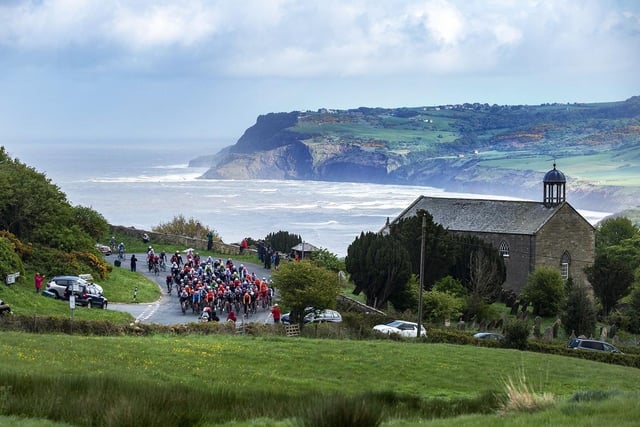World Tourism Day is a big day for Yorkshire - one of the UK’s most loved destinations.
On Tourism Day in 2018, Yorkshire attracted 129.8 million visitors from all over the world and £5.066 billion was spent.
In 2017, York was rated twelfth among The 15 Best Cities in the UK for visitors in a Conde Nast Traveler survey.
We asked The Yorkshire Post readers to name their favourite attractions across God’s Own Country.
If you’re planning a holiday to Yorkshire, here are locals’ top recommendations.

1. Brimham Rocks
The biological Site of Special Scientific Interest is on Brimham Moor in the Nidderdale Area of Outstanding Natural Beauty. It is known for its water and weather-eroded rocks where children can climb. Visitors re-discovered the area in the 18th century and it is believed that the rocks were stacked on top of each other by ancient druids. The rocks are around 320 million years old. Photo: Bruce Rollinson

2. National Coal Mining Museum
The industrial building is located at the site of Caphouse Colliery in Wakefield and was founded in 1988 - it was then called the Yorkshire Mining Museum and was granted national status in 1995. Caphouse Colliery was sunk in the 1770s and the boiler house and stone and brick chimney at the museum are Grade II listed. The colliery closed in 1985 and the Yorkshire Mining Museum opened three years later. The museum provides guided underground tours that explore the conditions miners worked in and visitors can see the tools and machinery they used throughout the years. Other features include the pit head baths, steam winding house, boiler house and coal screening plant. Visitors can ride the paddy train and follow the nature trail near the Hope Pit and water filtration tanks. Photo: Gary Longbottom

3. Robin Hood’s Bay
This is a small fishing village and a bay situated in the North York Moors National Park, south of Whitby and north of Scarborough. Village attractions include Robin Hood’s Bay Museum, Old St Stephen’s Church, Saltwick Bay and Boggle Hole. Legend has it that Robin Hood encountered French pirates who came to pillage the fishermen’s boats and the northeast coast. The pirates allegedly surrendered and Robin Hood brought back the loot to the poor people in the village. According to this tale - this is how the village was bestowed with the name Robin Hood’s Bay. An early written reference to the village came between the years 1324 and 1346. Louis I, Count of Flanders, wrote a letter to King Edward III where he complained that Flemish fishermen along with their boats were forcefully taken to “Robyn Oeds Bay”. Photo: Bruce Rollinson

4. Stump Cross Caverns
The caves were discovered accidentally in 1860 by Messrs William and Mark Newbould who had been searching for lead in the Yorkshire Dales. Millions of years ago the Yorkshire Dales was immersed under an ocean; the sediment from the ocean created limescale and over time this solidified. When the limestone was in contact with acid rain 500,000 years ago, the caves were formed. Although it wasn’t until around 101 years ago that they were fully explored. Stump Cross Caverns became a popular tourist destination during the 1920s and a year later a gift shop and tourist centre were added to provide information for the many visitors that explored the caves. Photo: James Hardisty


